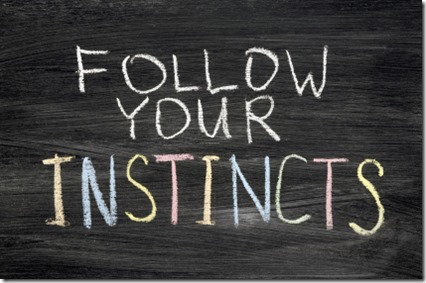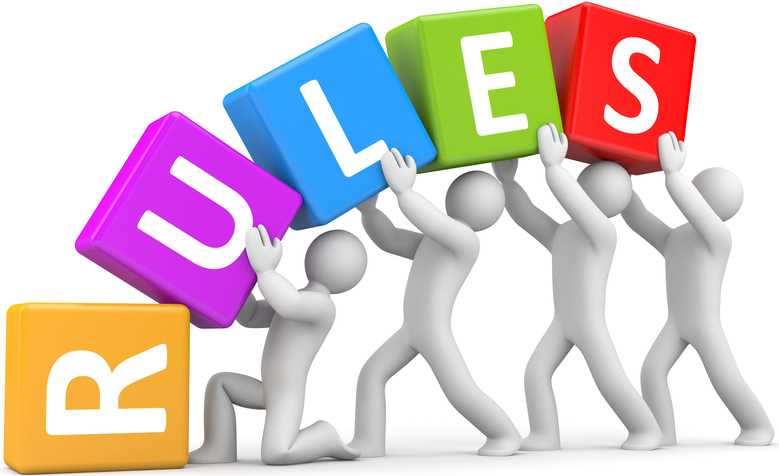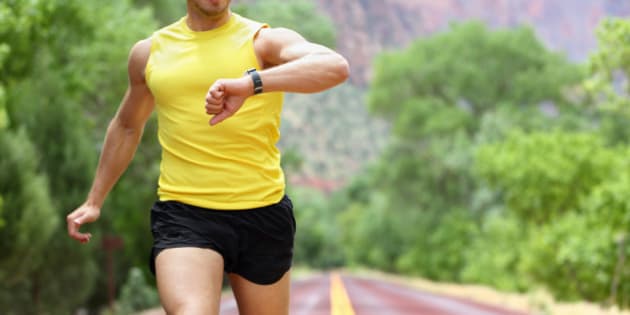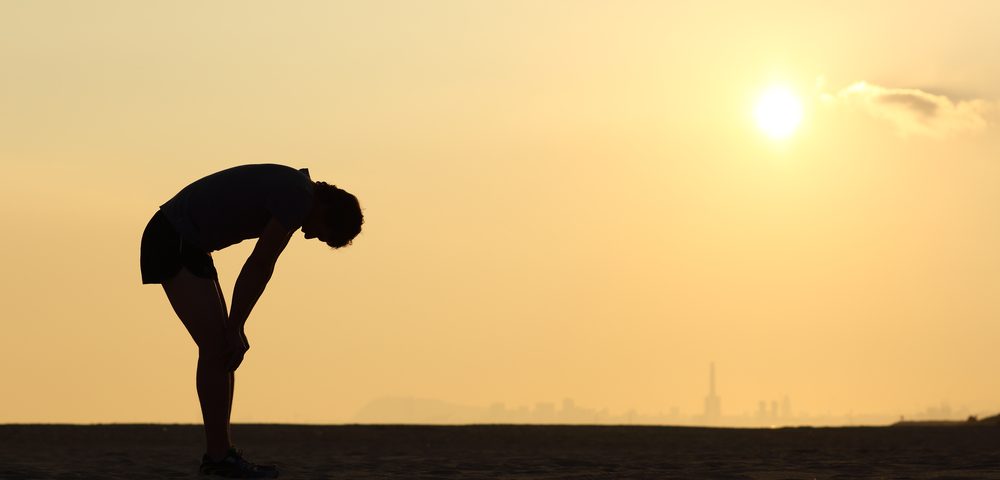Running solely on instinct. Reacting and responding to danger, risk, conflict, and threat without thinking or with high-level conditioning, is what they’re telling you. Instinct is a reaction, not a proactive pre-event assessment. (and remember the truth is that most “events” are simply not of the ambush variety – thought they absolutely do exist, to be sure) That always sounds like a dangerous game to me. I’ve always felt like self-defense and violence are more than a little like flying a plane. (As an aside, I think the airline industry has other elements – like self-policing/accountability/multi-lateral consensus-building, etc.- that the self-defense could learn from but that’s another article entirely) Now, don’t get me wrong, we are blessed with a ton of actual survival-skill instincts from evolution – those things that rear their powerful heads when survival itself is in the balance. But that’s not how “instinct” is most often peddled in the self-defense industry. To define how it’s generally utilized by SD gurus the world over, let’s use this: “a conditioned (hugely-universal/cookie-cutter) response to a given dynamic, rapidly-changing, and intricate stimulus on a vastly sliding-scale of aggression, one that precludes thought or assessment or analysis or alternate solution.” There, how’s that. That’s how I most often understand it to mean by violence-professionals. So, in that light, my metaphorical dissertation on aviation, noting that I’m not a pilot nor an aviation expert, and am going on the minimal information I’ve researched.
In the airline industry, being on autopilot (which is inevitably what SD/MA instructors tell you is instinctive – the ultimate goal of training) always seem to assume by the public to mean that a computer is flying the plane all by its lonesome while pilot and co-pilot take a break. That’s not exactly true and the minutiae make all the difference. It doesn’t mean that things are running without human thought or situational-processing, it means there’s a mechanism in-place (in humans, we’re referring to intuition or instinct) that aids the pilot/co-pilot while they’re with split-attention on other areas of safety and efficiency.
Think of the cockpit as a human brain. Flying a plane manually (read: being on high-alert for extended, unnecessarily-long periods of time….much like stress or anxiety or paranoia or fear – note the correlation) is extremely-taxing and wears down human focus. That’s why the autopilot is implemented, so that the co-pilot and pilot can measure other areas of flight safety and efficiency in lower-stress compartments. So, as like violence preparation, if we’re “on” all the time, we’re depleting our resources and wasting valuable energy.

Instinct and intuition are there to guide us, and can be cultivated or developed based on a number of intangibles: hard-wiring/evolution, experience, nature, social conditioning, training, and others. To me, they’re both innate – genetically-given. Conditioning (read: training) doesn’t provide real instinct. Instinct is already present. What training can do is to cultivate what’s already there, innately, develop it further. You can tweak it, but you can’t create it from scratch. For so long we’ve under-estimated human performance to the point that many claim we “only” have accessibility to gross-motor skillsets, “only” are capable of the most efficient of reactive-conditioning, “only” are capable of replicating the one-dimensional scenarios we replicate in the “dojo”. Science, physiology, and human-performance research have all proven this false, as have countless real-life case studies on human survival. It’s simply not true.
We humans are capable of extremely high-level processing under immense duress. Fine- and complex-motor skill. Adaptive capability. Advanced decision-making with multiple stimuli. (Not to mention what I stated above, that real instinct isn’t something built by training) For far too long, this has been misunderstood and regurgitated to the masses based on prior misinformation or outdated research. (we’re pretty familiar with a few of the most guilty parties) Gross-motor skills, one-dimensional thinking, instinctive conditioning, heart-rate charts, performance restrictions. New studies and cutting-edge fields are starting to prove this drastically wrong.
So, back to flying a plane. Autopilot, or intuition and instinct, are there to alleviate over-exertion of your survival senses. (Again, back to “look at what’s in front of you, not what your brain is telling you could be there “if”….facts, not guesswork) Programs running in the background so you don’t have to be jacked 24/7. (or, in the example above, when/if needed when-shit-hits-the-fan) They’re there so other choices can be made in other pertinent areas, until they’re actually needed and make themselves known in a big, blatant way. (authentic threat, survival, when under actual attack) It, a plane, at least as of yet, cannot land, take-off, take important safety or efficiency decisions, cannot prevent catastrophe. It’s a mechanism that’s been pre-programmed by humans with no adaptation, decision-making, or choice-acknowledgement. Like instinct. Instinct doesn’t factor in legal repercussions, social stigmas, financial damage, psychological trauma, human empathy, viable alternatives, calculate risks….it simply acts. Without taking into-consideration….well, anything.

Here’s a clearer definition of instinct vs. conditioning, one that might shed some light on the idea of “making training instinctive”, as is so often claimed:
https://wikidiff.com/conditioning/instinct
Whatever aspect you take from this, whether it’s in the violence arena, or risk, conflict, safety, preservation….the goal should be to build and cultivate “thinking responders.” People who can read and understand unfolding scenarios and factor in all the incoming information before making a solid (or solid-enough, remember there is never only one “correct” way of doing a thing…) decision that facilitates their survival, avoidance, escape, resistance, cover, concealment, etc. Not reacting blindly. “Instinct” has become an industry buzzword, yet almost every time I’ve seen it utilized or watched it being pushed….it’s simply erroneous within the context of aggression. Context is deeply lacking, like it is so much of the time. Instinct, if replacing thought/analysis is what lands people in jail. Gets them killed. Escalates conflict. Assesses situations really poorly.

It’s been proven that we fallible humans can function quite effectively under duress and adapt to almost anything given even micro-time and micro-knowledge. We can alter-course mid-situation under explosive stress. We can make snap judgment calls on things where life hangs in the balance. “Fueled by instinct” is just not how I choose to go through my day and I hope the pilot on my next flight has fundamentals and pre-planned procedures in-place prior, that allow him/her to make the best decisions possible for my personal safety. If an engine blows, I’m not particularly interested in having Jim-the-Personal-Computer-Program dictate my outcome. Human-process may be flawed, but the levels of human stress performance have shown to be something of pure amazement. Maybe time we started training people with this in mind….
















